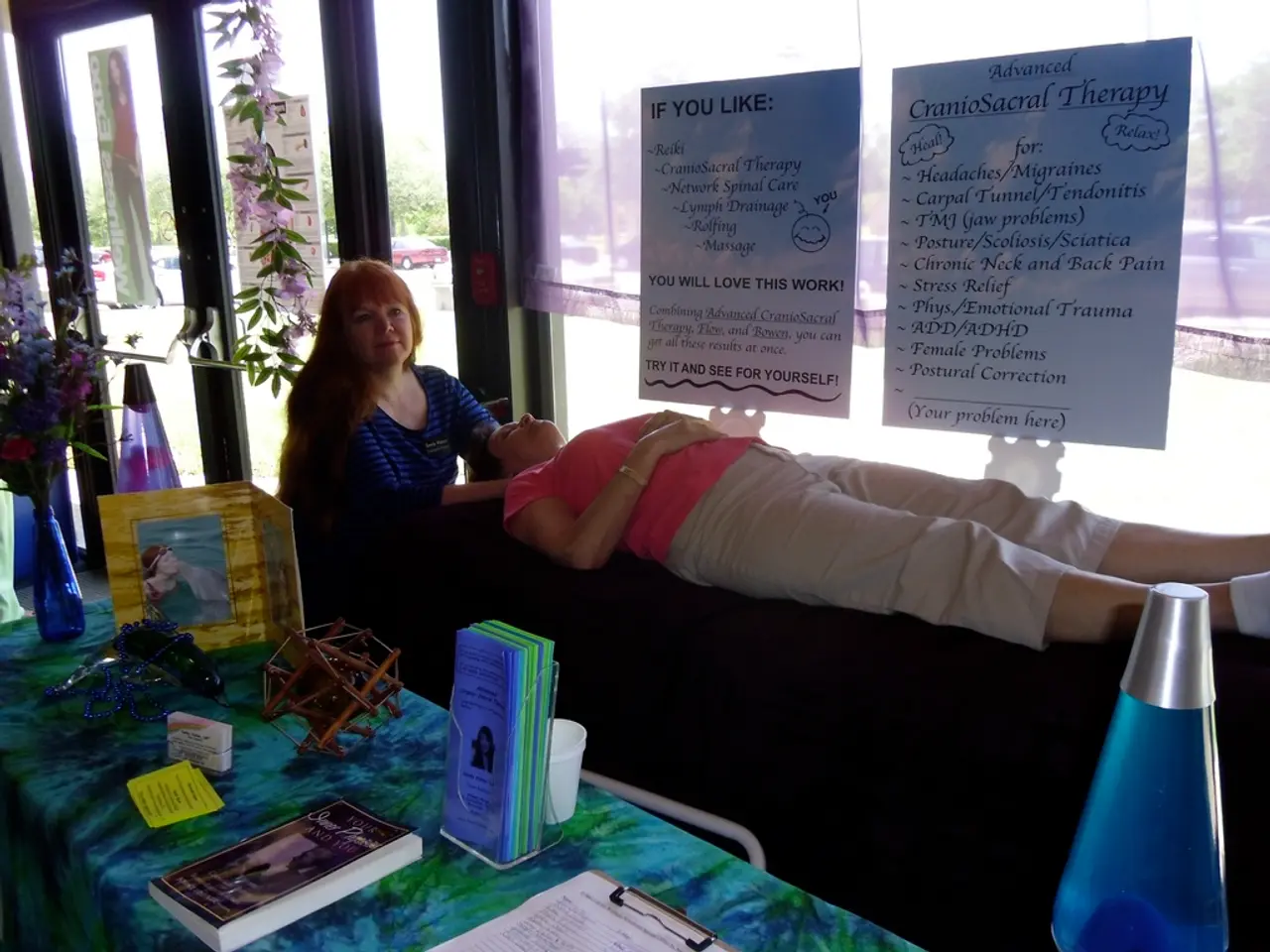Intervention strategies for depression: Timing and methods of action
Depression, also known as major depressive disorder, is a severe mood disorder that often requires treatment. It affects an estimated 264 million adults worldwide, and understanding its signs and effects can provide valuable information.
Depression differs from simple sadness. Recognising hidden signs of depression is crucial, as they may include social withdrawal, persistent sadness or hopelessness, changes in appetite or sleep, low energy, difficulty concentrating, and expressions of worthlessness or thoughts of suicide.
If you or someone you know is in crisis and considering suicide or self-harm, please seek support. In the US, you can call or text the 988 Lifeline at 988 or chat at 988lifeline.org, text HOME to the Crisis Text Line at 741741, or find a helpline in your country with Befrienders Worldwide.
Effective ways to intervene when a family member or friend shows signs of depression include approaching them with empathy and without judgment, encouraging professional help gently, supporting social interaction and physical activity, respecting their boundaries, and seeking counseling or support for yourself as a helper.
The three basic approaches to treating depression are medications, psychotherapies, and brain stimulation therapies. These options, along with skill-building activities, can help a person develop coping strategies for their condition.
Help is available for depression through mental health professionals, friends, family, and community members, such as religious communities or other organisations. It's important to remember that a person may need continuing support to help them through their treatment for depression.
Females have a higher diagnosis rate for depression compared to males, but males may sometimes not receive a diagnosis or treatment due to difficulties discussing feelings, recognising symptoms, or seeking help.
Depression treatment options include medications, psychodynamic therapy, supportive therapy, mindfulness-based cognitive therapy, cognitive behavioral therapy (CBT), behavioral therapy, cognitive therapy, brain stimulation therapies such as electroconvulsive therapy and repetitive transcranial magnetic stimulation.
Intervening when a person has depression may help improve their quality of life and boost their mood, and may prevent self-harm or suicidal ideation. Clear communication about how they would like support and setting boundaries can also help maintain a healthy dynamic as they navigate depression. Consistent, patient presence combined with encouragement toward comprehensive care (therapy, medication if recommended) is important since depression symptoms and needs vary individually.
- Psychiatry can play a significant role in diagnosing and treating depression, as it is a medical specialty focused on mental health.
- Mental health is a crucial aspect of overall health and wellness, with depression being a common and serious mental health disorder.
- Science and psychology work together to develop effective treatments for depression, such as psychotherapies and brain stimulation therapies.
- Maintaining good mental health requires mental health literacy, recognizing signs of depression, and seeking help when needed, whether from a mental health professional, a friend, or a community resource.




